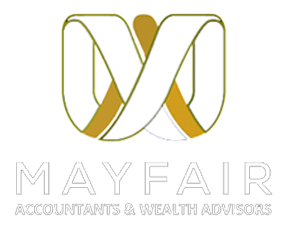Is your company involved in developing new products or services? If yes, then your company is entitled to R&D tax reliefs for the costs incurred in developing new products or services. In the year 2000, HMRC introduced this R&D tax credit scheme to encourage innovation on the R&D activities of the UK companies.
Such schemes were of two types, called Small or Medium Sized Enterprise( SME) scheme and Large Company Scheme. And, from April 2013, the Research & Development Enhanced Credit (RDEC) scheme was introduced. This scheme was available for the expenditures incurred on and after 1 April 2013.
Your company can either receive a tax credit by the way of cash sum paid by the HM Revenue & Customs (HMRC) or a tax reduction. However, to claim such tax credit, your company must be paying Corporation Tax.
How to claim R&D relief
You can claim R&D relief by putting an X in either box 99 of the corporation tax return or box 100 (large companies) of your Company Tax Return.
Then, put the expenditure in box 101 because it is the actual amount spent which is multiplied by 230% or 130%. Also, include this figure while calculating the profit (box 3) or loss (box 122) for the period.
If you want to convert the allowance into payable tax credits, you should put the amount payable in box 87, box 89 and box 143 on the return.
HMRC encourages companies to tell them the reasons on why they consider their projects are allowed for R&D tax relief. They also encourage you to provide a summary of the costs incurred on the R&D. However, such things are not a legal requirement.
You must make any claim for such relief in your Company Tax Return or amended return within the 2 years after the end of the accounting period.
R&D relief can help you reduce your company’s tax bill. So, if you like to know about the potential benefits of the R&D tax credits, get in touch with us now.


